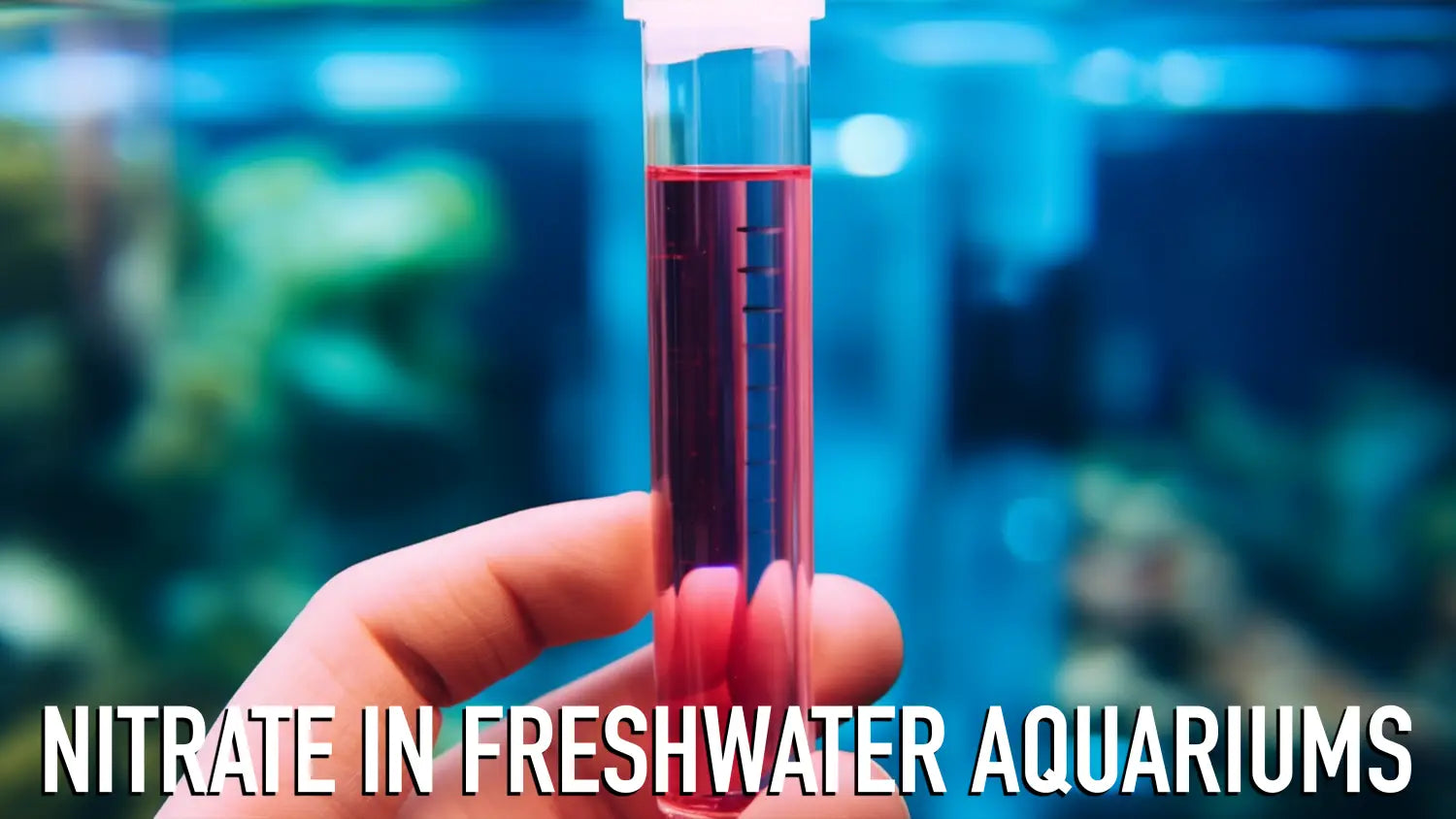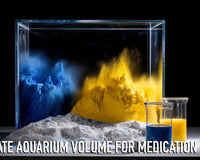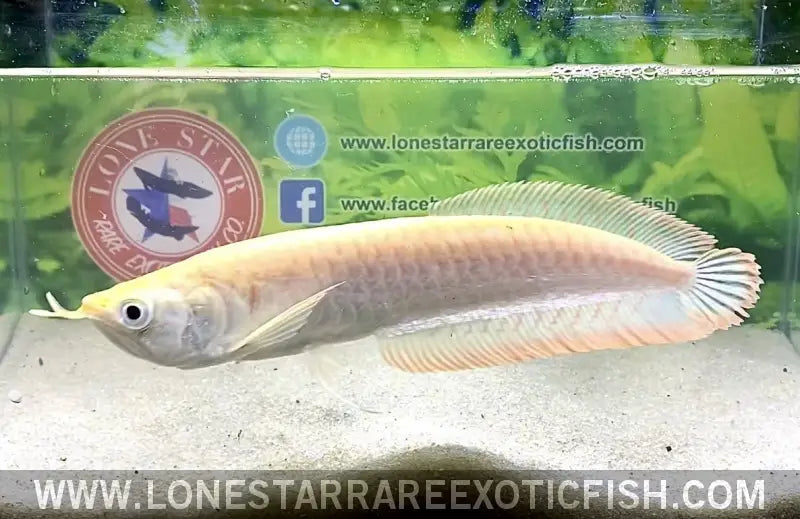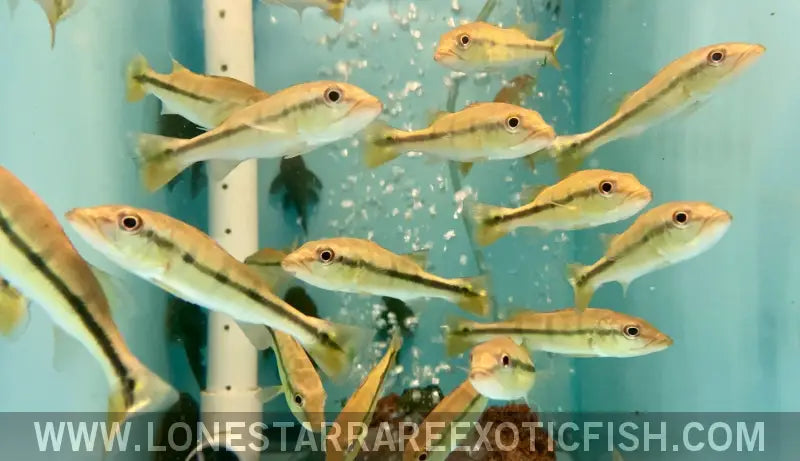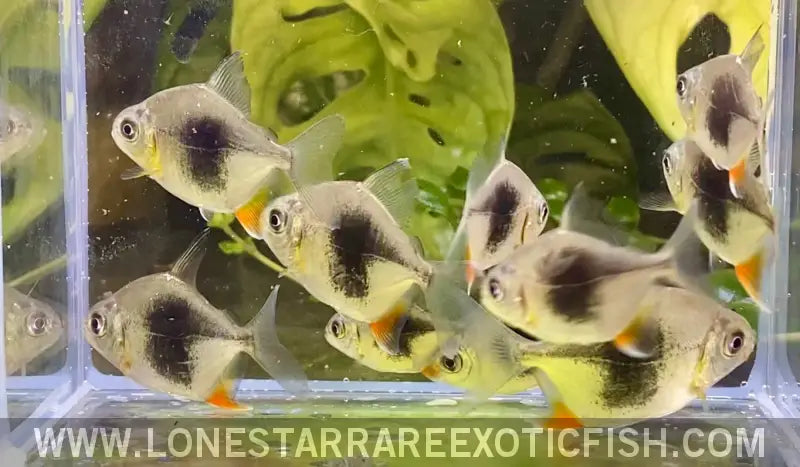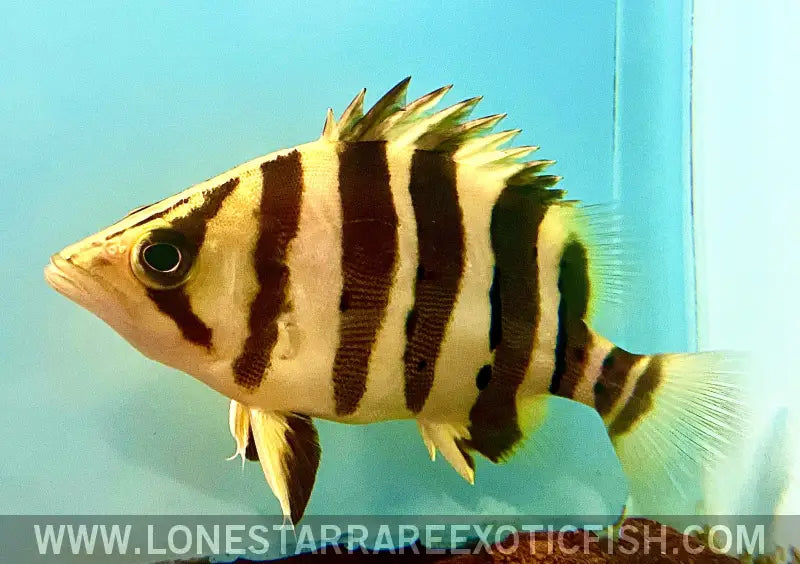In the tapestry of water quality metrics essential for a thriving aquarium, nitrate holds a distinctive place. Though less immediately toxic than its nitrogen cycle predecessors, ammonia and nitrite, nitrate's subtle and long-term implications demand the attention of every aquarist. Grasping its origins, impact, and management strategies ensures a stable and healthy aquatic habitat.
Tracing the Origins of Nitrate
- The Culmination of the Nitrogen Cycle: Nitrate's journey begins with fish excrement and other organic waste breaking down to release ammonia. Beneficial bacteria like Nitrosomonas oxidize ammonia to nitrite. Another bacterium, Nitrobacter, subsequently converts nitrite to nitrate. This progression represents the aquarium's natural waste processing mechanism.
- External Introductions: While the nitrogen cycle is the primary internal source, nitrate can also be introduced to aquariums through tap water or certain aquarium additives.
Effects of Nitrate on Fish and Aquatic Life
- Stress Inducer: Prolonged exposure to elevated nitrate levels can stress fish, compromising their immune system and making them susceptible to diseases.
- Growth Inhibition: High nitrate concentrations can hinder the growth of juvenile fish.
- Reproductive Impact: Elevated nitrate levels may reduce the reproductive capabilities of some fish species, leading to fewer or less viable eggs.
- Algal Blooms: While plants can utilize nitrates, excessive levels can promote unwanted algal blooms. These blooms can be unsightly, consume valuable nutrients, and lead to oxygen fluctuations.
Monitoring Nitrate Levels
- Test Kits: Nitrate test kits, available at most pet stores, provide a convenient method to gauge nitrate levels. By comparing water samples with color charts, aquarists can get an approximate nitrate concentration.
- Symptomatic Observation: Monitoring fish behavior, growth rates, and plant health can offer indirect clues about nitrate balance.
Managing Nitrate Levels
- Regular Water Changes: Weekly or bi-weekly water changes of about 20-30% help dilute nitrate concentrations, keeping them in check.
- Maintain Plant Health: Healthy aquatic plants actively consume nitrate. Encouraging plant growth helps control nitrate levels naturally.
- Limit Overfeeding: Overfeeding contributes to waste accumulation, which subsequently increases nitrate production. Feed fish in amounts they can consume within a few minutes.
- Efficient Filtration: Using a filter that promotes both mechanical and biological filtration can reduce organic waste and promote bacterial breakdown of nitrogenous compounds.
- Use of Nitrate Absorbers: There are commercial resins and filter media designed to absorb nitrate directly from the water.
Understanding Acceptable Nitrate Levels
- General Freshwater Aquariums: For most community aquariums, nitrate levels should ideally be below 40 ppm (parts per million). However, even lower levels, preferably under 20 ppm, are better.
- Planted Tanks: In aquariums with a significant number of plants, nitrate levels between 5-25 ppm can be optimal.
- Breeding Tanks: If breeding fish, keeping nitrate levels as low as possible, preferably below 10 ppm, is recommended.
Conclusion
In the realm of aquarium care, nitrate management emerges as a blend of science, observation, and art. While nitrate doesn't carry the immediate peril of ammonia or nitrite, its chronic implications mandate vigilant monitoring and management. A harmonized approach to understanding and managing nitrate lays the foundation for a vibrant, healthy aquatic world.

